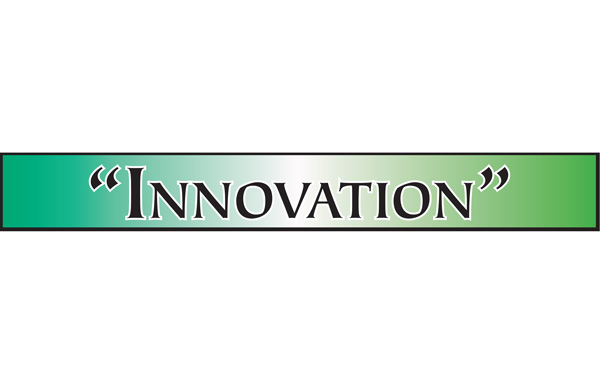
Innovation Centres – Part 2


Rikus manages an innovation consulting firm (Namibia Innovation Solutions), based in Windhoek, Namibia. He has an MBA and also holds degrees in Engineering and Law. He is also a certified Project Management Institute (PMI) Project Management Professional (PMP) and he is currently pursuing a PhD degree, focusing on the field of innovation. His passion is innovation and he has consulted in this field for some of the major organisations in Namibia. You can e-mail him at [email protected] or visit his website at www.nis.co.na
I am on the subject of Innovation Centres, currently a hot topic in the innovation space. Previously I looked at the “why” and “how” of Innovation Centres, and in this delivery I want to carry on the conversation to argue the case if these “structures” will make sense in the Namibian context. Just to recap, Innovation Centres are comprised of teams of people and often physical sites, with the goal of leveraging the ecosystem of start-ups, venture capitalists, accelerators, vendors, and academic institutions. Innovation Centres offer a range of benefits, as discussed in the previous article.
Innovation Centres for Namibia
I am the first one to admit that innovation is a daunting challenge in a corporate environment. This is the reality organisations face for many reasons – which I have discussed in length over the course of four years of writing this column – and I am always on the hunt for ways through which organisations in Namibia could excel at innovation. The concept of the Innovation Centre has certainly intrigued me, I will not say it is the innovation silver bullet, but it does hold some great potential. There are four broad categories of Innovation Centres, namely: In-house Innovation Labs, University Residences, Community Anchors, and Innovation Outposts. Each of these models differ in their goal and the amount of investment required, and I briefly want to give a summary of each category.
In-house Innovation Labs – The innovation engine for their companies, these centres perform all innovation activities from inception to prototyping using an in-house approach. Given this in-house focus, these centres are typically large in size, with a lot of staff. University Residence – In this model, companies invest to set up a centre at a university campus to drive innovation through university researchers. Community Anchor – These innovation centres actively identify mentors and provide opportunities to start-ups to work actively with the company to test the start-up’s products. The start-ups also gain from mentoring and the availability of mature processes to test their innovations. Innovation Outpost – Innovation outposts are small teams that are based in technology hubs, like Silicon Valley in the USA.
We certainly have unique challenges and opportunities in Namibia as opposed to other countries and economies, but in my view, each of these models holds potential to some extent in the Namibian context. When confronted with any “international” model or approach for something in Namibia, my first response is always that we have a very small population, and my second response is that this can be a strength or a weakness, depending on how you look at it. Over the course of the last five years, I have certainly seen greater effort on a national level to promote “domestic” innovation, including efforts by the government, investment entities, educational institutions, regional bodies and specific entities created to promote innovation. Yes, there is certainly room for improvement, however, can corporate Namibia contribute more to these efforts and in doing so strengthen their own innovation capabilities? My answer is 100% yes. I appeal to local organisations to provide me with examples of the following: Collaboration with the Polytechnic or UNAM research facilities to drive innovation efforts; Efforts to establish an in-house innovation lab; or co-operation with local entrepreneurs to launch start-ups in a specific industry or sector.
Let us start to share these stories of promising examples of Namibian Innovation Centres and become an international innovation force to be reckoned with!








































